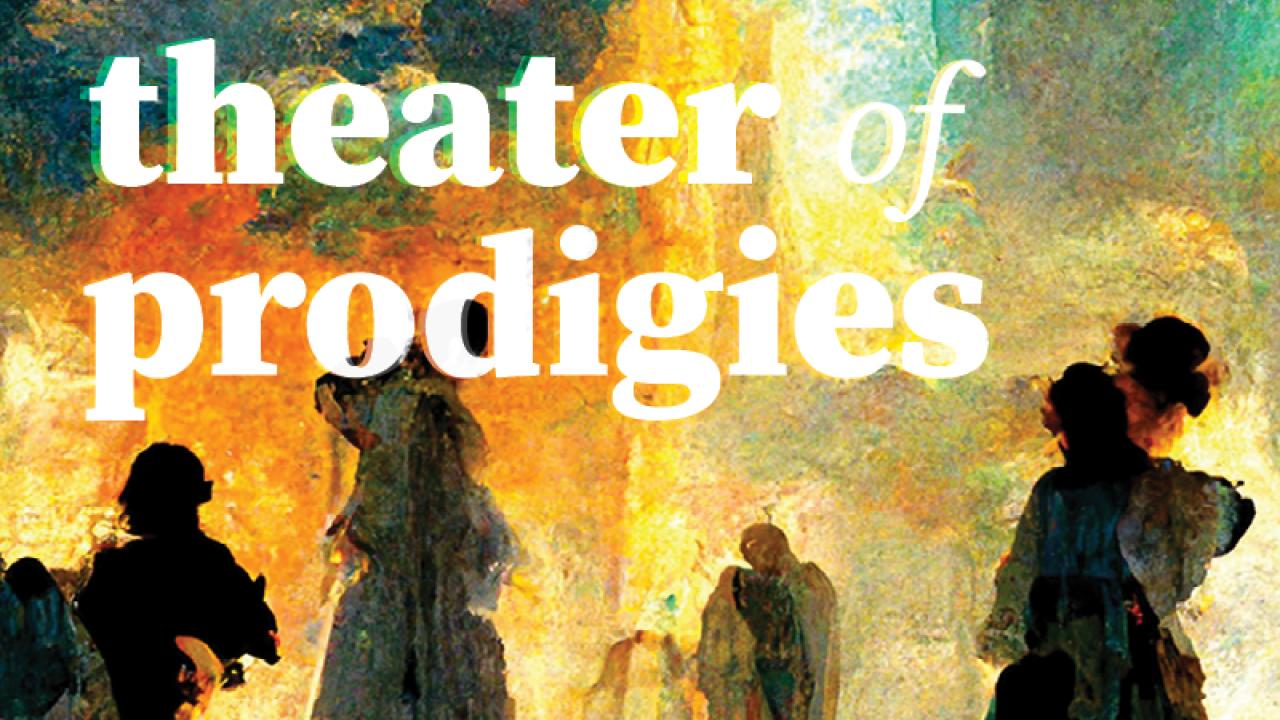The Farmer Family Gallery welcomes the work of New York City-based, multi-disciplinary artist Steven Pestana for the exhibition Theater of Prodigies, which runs through April 13. Pestana will be in the gallery for a closing reception from 4-6 p.m., Thursday, April 13, to discuss his AI-generated series of foreboding panoramas that capture the theatricality and drama of divination and catastrophe.
The Farmer Family Gallery is located in Reed Hall at The Ohio State University at Lima. Regular gallery hours are Monday through Thursday, 11 a.m.-4 p.m. The gallery will be closed March 13-16 for spring break. Both the show and the artist reception are free and open to the public.
Artist statement
For thousands of years, humans have sought ways to see into the future. Ancient predictive practices were highly elaborate, involving public reporting, official government channels, and oracles. A special eye was kept on “prodigies”: unpredictable natural phenomena including plagues, eclipses, comets, and earthquakes. Prodigies were considered to be messages about the future delivered from the gods. Today, we continue to look everywhere for encoded messages hinting about events in our future. Although scientific methodologies can provide some insight, we often take for granted the guidance of religion, superstition, cultural narratives, and personal intuition in the face of the unknown and unpredictable.
Steven Pestana’s exhibition Theater of Prodigies explores these tendencies in a series of ominous paintings. These foreboding panoramas capture the theatricality and drama of divination and catastrophe. To create them, Pestana provided written descriptions of imagined scenes to an artificial intelligence software. In turn, the AI generated images based on its interpretation of Pestana’s description. They are oddly classical in nature, yet lack any historical specificity. Each painting also features an adjacent structure or object suggesting some sort of function, perhaps a type of scientific instrument or optical device. These components open the possibility of differing experiences and perspectives onto these scenes.
Prediction can be thought of as an essential human activity expressing the need to anticipate and thus retain control of those things necessary to survival. There is still much we don’t know about AI, yet it is already performing important functions in everyday life. Many believe the coming AI revolution will change the world in unforeseeable ways as its presence accelerates. The debate surrounding image-generating technology is multi-faceted and contentious: its potential for positive or negative social impact, its quality, authenticity or lack of humanity, its environmental costs. Offering a view onto the kind of physical experience that AI can never replace, these works put a spotlight on our roles in framing this debate as they reflect on the past, present and future of the past, present and future.

